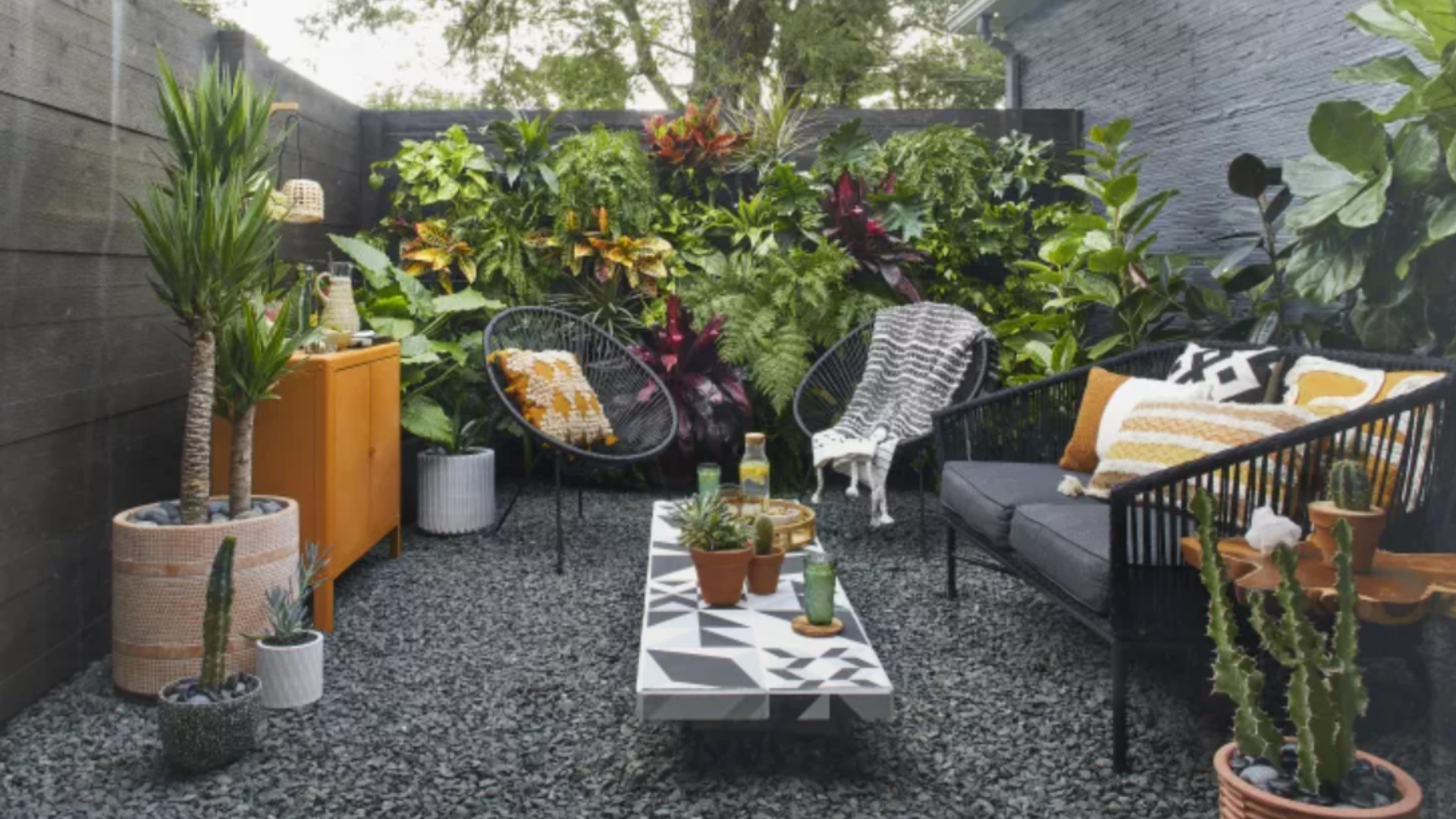By James – Professional Landscaper
When it comes to garden design, few elements are as transformative and enduring as trees. The right landscape trees can define your garden’s character, create shade, attract wildlife, and even add value to your property. But with the abundance of species and cultivars available, selecting the ideal trees for your space can feel overwhelming. As a professional who has worked on gardens of all sizes and styles, I’d like to share my top tips for choosing landscape trees that will thrive and enhance your outdoor environment for decades to come.

1. Understand Your Garden’s Conditions
Before you get swept up by the beauty of flowering cherries or stately maples, it’s essential to understand your garden’s unique growing conditions. Key factors to consider include:
- Climate: Is your region prone to frosts, extreme heat, or heavy rainfall?
- Soil type: Sandy, clay, loamy—each affects tree selection and growth.
- Sunlight: Observe how much direct sunlight each area receives throughout the day.
- Space: Consider the mature height and spread of your chosen trees. Planting too close to buildings or fences can cause issues down the line.
A little observation and research go a long way toward preventing problems and ensuring healthy, happy trees.
2. Define Your Landscape Goals
Ask yourself: what do you want your trees to achieve? Here are some common objectives:
- Shade: Large deciduous trees like elms, oaks, or jacarandas are perfect for creating cool retreats.
- Privacy: Evergreens such as magnolias, lilly pilly, or conifers act as natural screens.
- Colour and Interest: Consider flowering trees (like crepe myrtle or flowering plum) or those with striking foliage (such as Japanese maple).
- Wildlife Habitat: Native trees like eucalyptus and bottlebrush attract birds, bees, and butterflies, enriching your garden ecosystem.
Knowing your goals will help you narrow your choices and design a garden that fits your lifestyle.
3. Consider Maintenance and Longevity
Some trees require more upkeep than others. For example, deciduous trees drop their leaves each autumn, which may increase your garden maintenance. Fast-growing species provide quick results, but may be short-lived or prone to structural issues. Slow growers can take years to mature, but often reward your patience with greater strength and longevity.
Think about:
- Root systems: Avoid planting aggressive-rooted trees near paving, pipes, or foundations.
- Pest and disease resistance: Opt for varieties known for resilience, especially in your local area.
- Pruning needs: Some species demand regular shaping to look their best.
4. Balance Form and Function
The beauty of a tree lies not just in its foliage, but in its form and how it fits into your garden’s overall design. For structure and year-round appeal, mix evergreen and deciduous species. Use feature trees as focal points or anchor the garden’s layout with a row of sculptural specimens.
Create variety with layers—small flowering trees under taller shade trees, and perhaps an understorey of shrubs and perennials. This approach ensures interest through every season.
5. Plan for the Future
It’s easy to forget just how large trees can become. Be sure to give your new plantings enough space to mature. Think about how the garden will look in five, ten, or twenty years—not just the first season after planting. A well-planned landscape ages gracefully, with trees providing beauty, structure, and habitat long into the future.
6. Complement with Quality Garden Fencing
While trees provide privacy, shade, and structure, the right garden fencing is an essential partner in framing your green investment. Fencing not only defines boundaries but also protects young trees from wind and unwanted visitors. If you’re looking for reliable, attractive options to complement your landscape, check out garden fencing. Choosing fencing that blends with your planting scheme can unify the entire look, offering both style and function as your trees grow and thrive.
7. Choose Trees Suited to Your Location
Every garden is different, and what works for one yard might not be ideal for another. Here are a few suggestions based on popular goals:
- Small Gardens: Japanese maple, crabapple, dwarf citrus, or crepe myrtle.
- Large Gardens: Jacaranda, Queensland bottle tree, London plane, or eucalypts.
- Coastal Areas: Banksia, melaleuca, or coastal she-oak.
- Native Gardens: Grevillea, callistemon (bottlebrush), or wattle.
Visit local nurseries or speak with a landscape professional to discover trees that perform well in your region.
Selecting the right landscape trees is a rewarding investment in your property’s beauty and ecological health. With careful planning, you can enjoy a garden that offers shade, privacy, colour, and wildlife—all framed by quality fencing and thoughtful design.
If you’re unsure where to start, consult with a professional or visit local nurseries for expert guidance. Remember, the best gardens evolve over time—each tree you plant today is a gift to your future self and the generations who’ll enjoy it.







